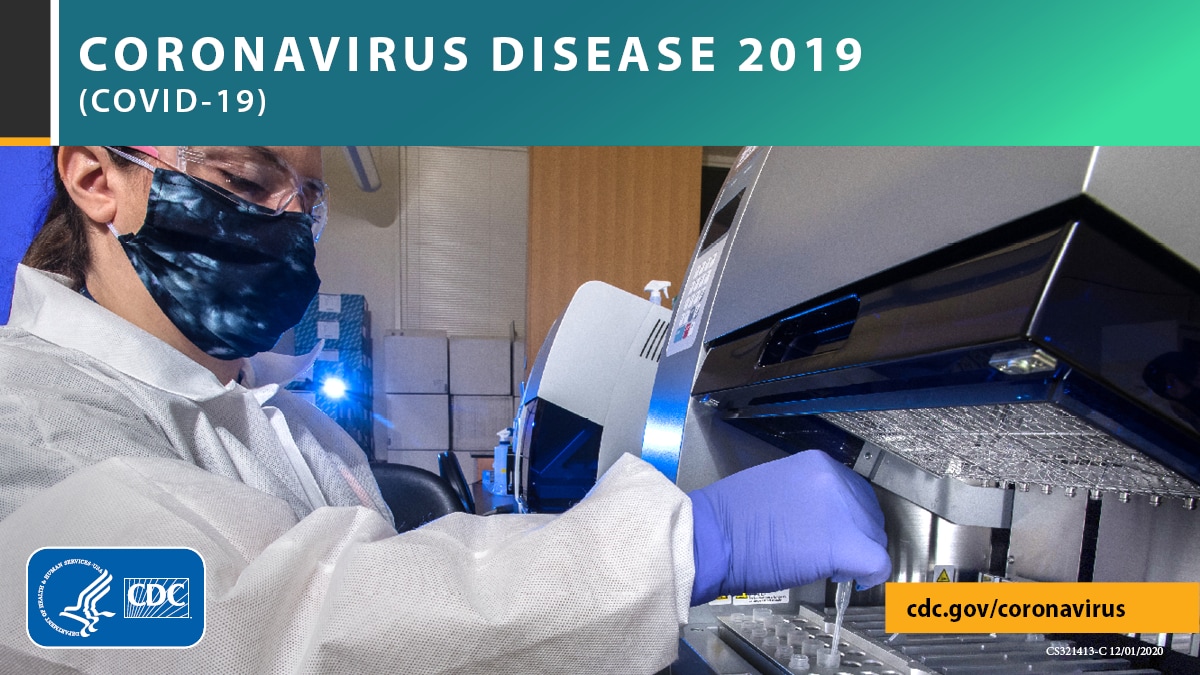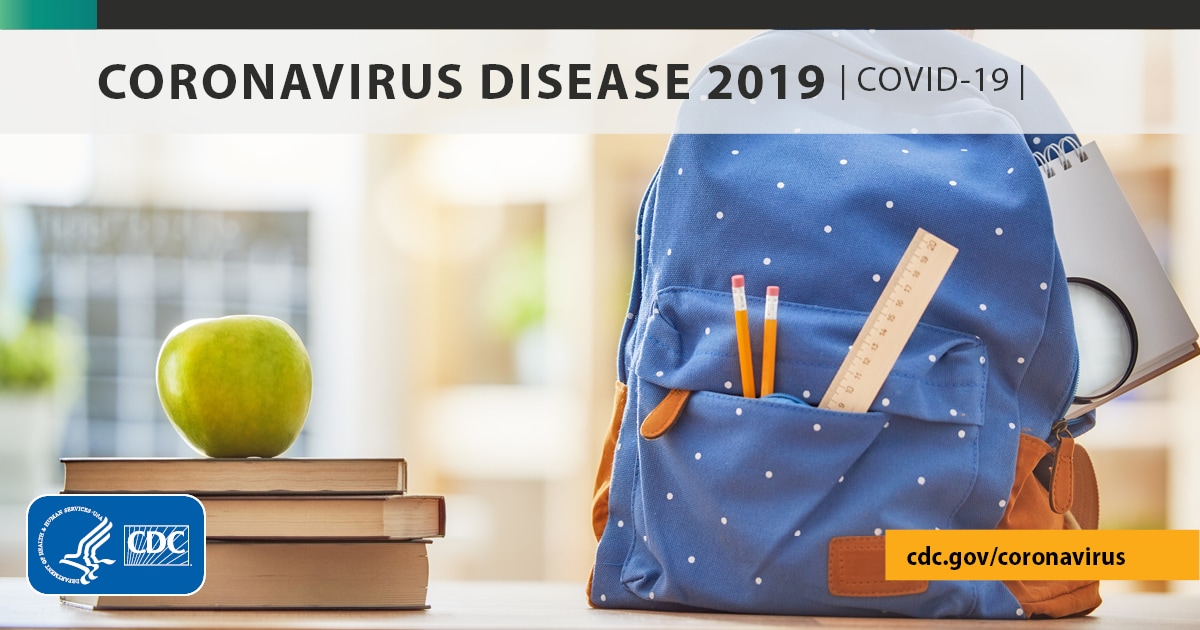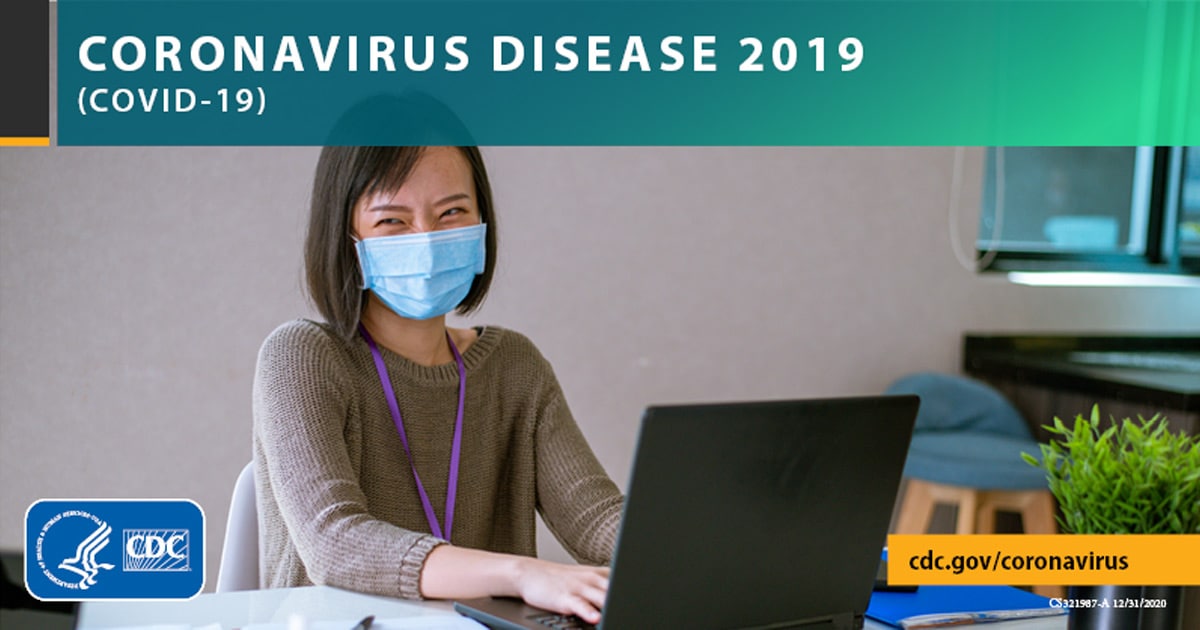Labs

A Nucleic Acid Amplification Test, or NAAT, is a type of viral diagnostic test for SARS-CoV-2, the virus that causes COVID-19. NAATs detect genetic material (nucleic acids). NAATs for SARS-CoV-2 specifically identify the RNA (ribonucleic acid) sequences that comprise the genetic material of the virus.
NAATs for SARS-CoV-2 test specimens from either the upper or lower respiratory tract. The type of specimen collected when testing for SARS-CoV-2 is based on the test being performed and the manufacturer’s instructions. Although NAATs have been authorized for use with saliva specimens that provide definitive positive diagnostic results, CDC recommends collecting and testing an upper respiratory specimen, such as nasopharyngeal, nasal mid-turbinate, or anterior nasal, when using NAATs for confirmatory testing. See CDC’s Collecting and Handling of Clinical Specimens for COVID-19 Testing.
The NAAT procedure works by first amplifying – or making many copies of – the virus’s genetic material, if any is present in a person’s specimen. Amplifying those nucleic acids enables NAATs to detect very small amounts of SARS-CoV-2 RNA in a specimen, making these tests highly sensitive for diagnosing COVID-19. In other words, NAATs can reliably detect small amounts of SARS-CoV-2 and are unlikely to return a false-negative result of SARS-CoV-2.
NAATs can use many different methods to amplify nucleic acids and detect the virus, including but not limited to:
- Reverse transcription polymerase chain reaction (RT-PCR)
- Isothermal amplification including:
- Nicking endonuclease amplification reaction (NEAR)
- Transcription mediated amplification (TMA)
- Loop-mediated isothermal amplification (LAMP)
- Helicase-dependent amplification (HDA)
- Clustered regularly interspaced short palindromic repeats (CRISPR)
- Strand displacement amplification (SDA)
Since the beginning of the COVID-19 pandemic, both the number and types (methods and technologiesexternal icon) of NAATs authorized for emergency use by the U.S. Food and Drug Administration (FDA) for the detection of SARS-CoV-2 have increased. The FDA will likely authorize additional NAAT methods in the future.
NAATs have been authorized for use in different settings, such as in laboratory facilities by trained personnel (laboratory-based) or in point-of-care (POC) settings. Some NAATs can even be performed at home or in other non-healthcare locations. Some NAATs are considered rapid tests that are performed at or near the place where the specimen is collected and can provide the result within minutes, whereas the time to complete laboratory-based NAATs ranges from less than an hour to more than a day. The level of sensitivity for the detection of SARS-CoV-2 genetic material in a specimen also varies depending on the methods and application of the NAAT. Sensitivity varies by test, but laboratory-based NAATs generally have higher sensitivity than POC tests or self-administered tests.
Because laboratory-based NAATs are considered the most sensitive tests for detecting SARS-CoV-2, they can also be used to confirm the results of lower sensitivity tests, such as POC NAATs or antigen tests. Based on their instructions for use, some POC NAATs are not appropriate for use in confirmatory testing, because they generate presumptive results. CDC recommends laboratory-based NAATs, which are more sensitive than non-laboratory-based tests, for confirmatory testing. Because test sensitivity varies by specimen type, CDC does not recommend NAATs that use oral specimens (e.g., saliva) for confirmatory testing and instead suggests the use of specimens that are considered optimal for detection, such as nasopharyngeal, nasal mid-turbinate, and anterior nasal swabs. In cases of discordant test results from different types of tests, results from laboratory-based NAATs should be prioritized over any POC or self-administered test.
If a person receives two or more discordant laboratory-based NAAT results within a 48-hour period, the person should contact a healthcare provider or the local or state health department for test interpretation and clinical guidance on what steps to take.



